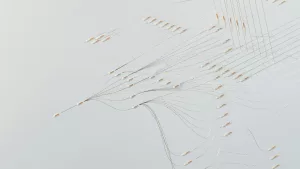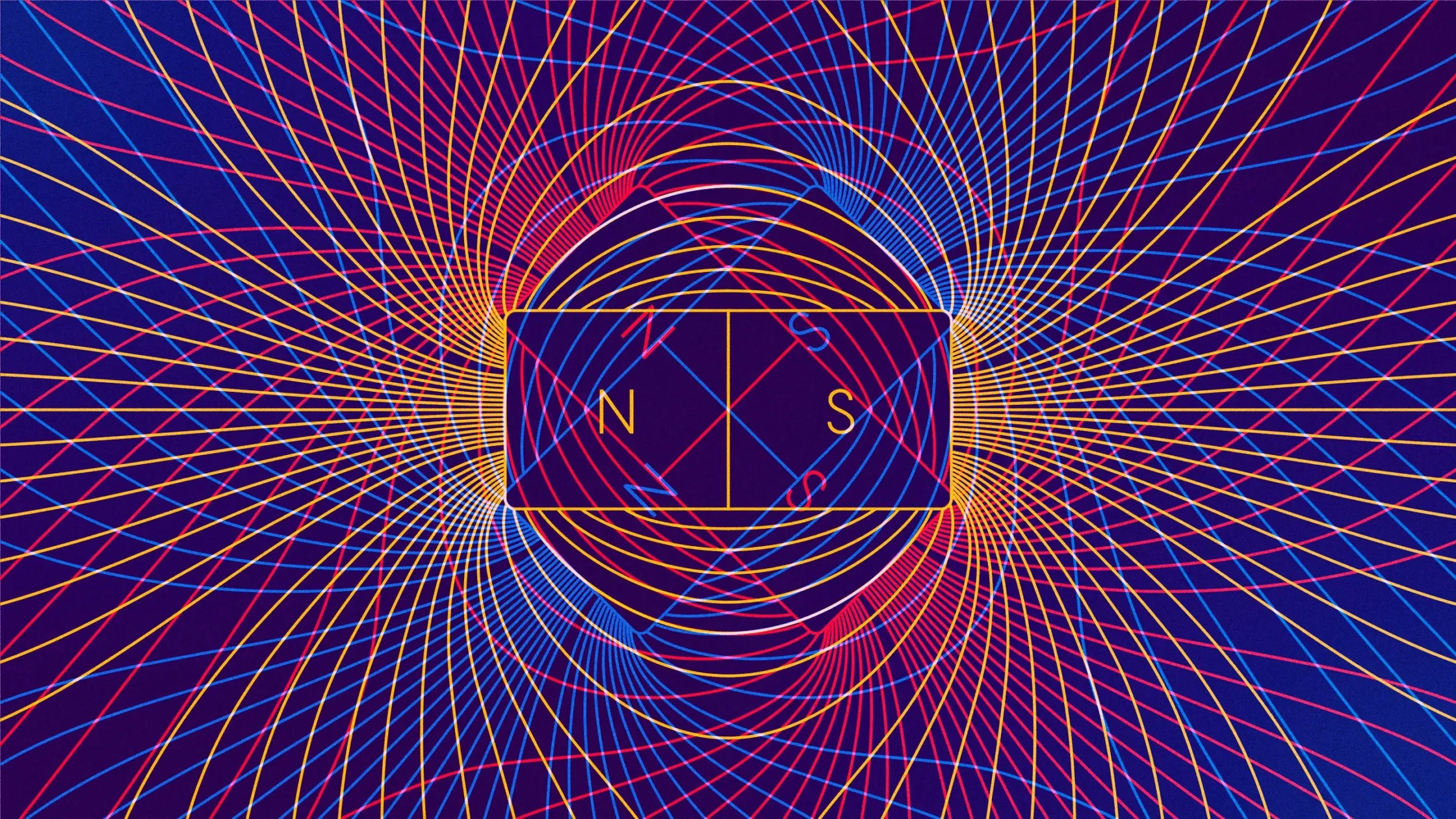THE ORIGINAL VERSION of this story appeared in Quanta Magazine.
EVERY MAGNET you have ever interacted with, such as tchotchkes stuck to your refrigerator door, is magnetic for the same reason. But what if there was another, weirder way to make a substance magnetic?
In 1966, Japanese physicist Yosuke Nagaoka envisioned a type of magnetism produced by the seemingly unnatural dance of electrons within a hypothetical material. Now a team of physicists has identified a version of Nagaoka's predictions that holds true in an engineered material only six atoms thick.
The discovery, published recently in the journal Nature, marks the latest advance in the five-decade-long hunt for Nagaoka ferromagnetism, in which a material is magnetized by electrons within it minimizing their kinetic energy, unlike conventional magnets. “That's why I do this kind of research: I learn things we didn't know before, I see things we haven't seen before,” said study co-author Livio Ciorciaro, who completed the study while he was a doctoral candidate. at the Institute for Quantum Electronics at the Swiss Federal Institute of Technology Zurich.
In 2020, researchers created Nagaoka ferromagnetism in a small system containing only three electrons; one of the smallest possible systems in which this phenomenon can occur. In the new study, Ciorciaro and colleagues did this in an expanded system; A patterned structure called a moiré lattice, consisting of thin layers of 2 nanometers.
“This work is a really great use of these relatively new moire gratings,” said Juan Pablo Dehollain, co-author of the 2020 study, who completed the work at Delft University of Technology. “This looks at ferromagnetism from a different angle.”
Source: Wired Magazine










